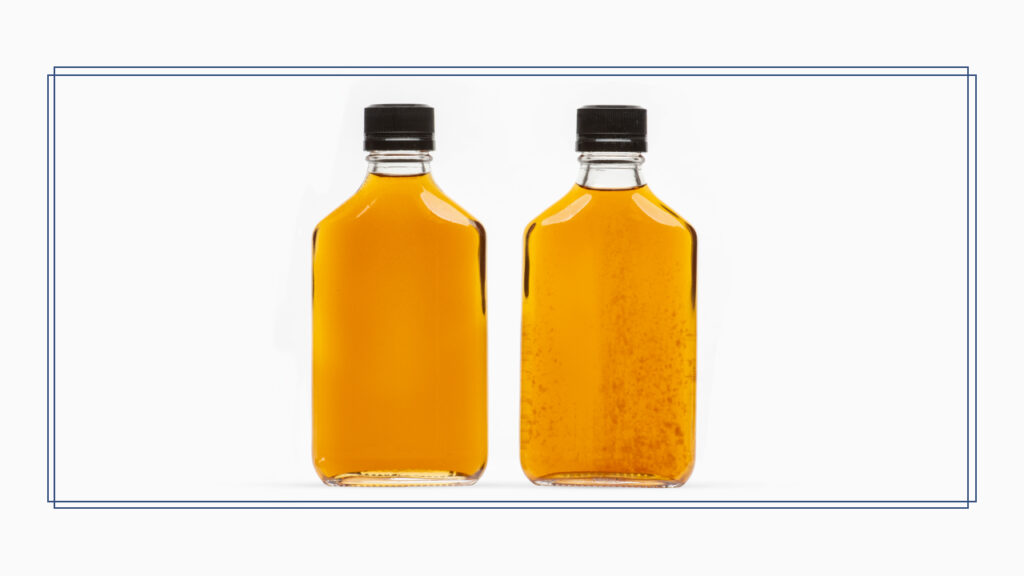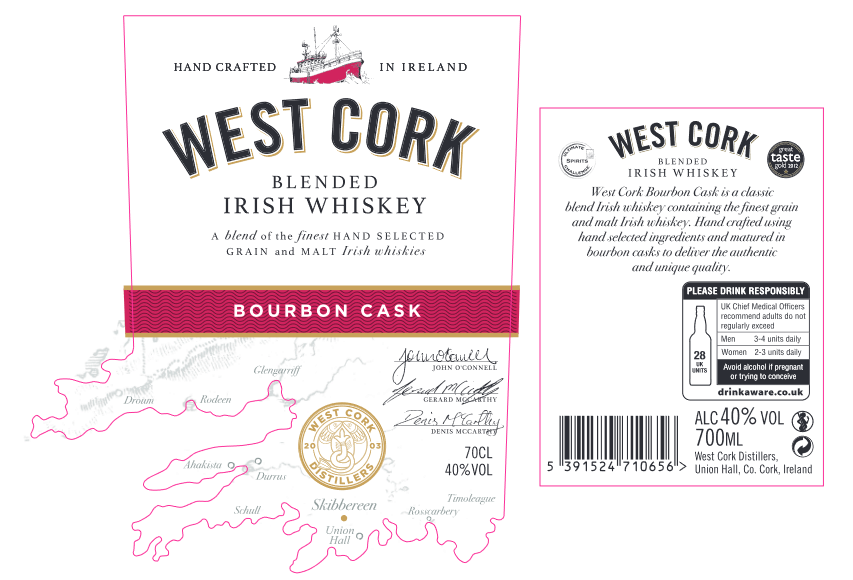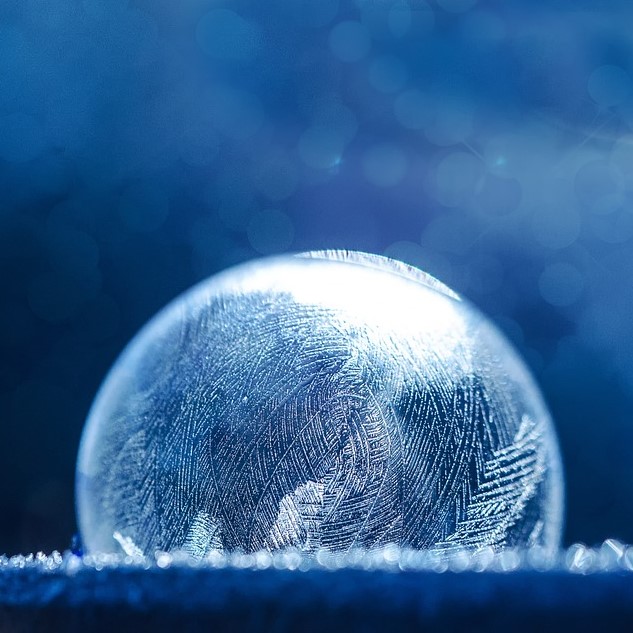Sooner or later it happens to everyone during their whisky journey. You walk through a store, perusing new bottles to explore, and the words “non-chill filtered” or “un-chill filtered” jump off the label. Which, of course, begs the question, what is chill filtering?
Immediately followed by the question, is chill filtering bad? Why otherwise would the bottler highlight the whisky as being non-chill filtered?
Let’s take a closer look at what chill filtering (also known as chill filtration) is, how and why the process is used, along with when and why it is not used, and what it does to the whisky. Then you can decide for yourself.
Chill filtering is a method for removing particulate from a whisky that can render the liquid cloudy. This particulate, consisting of fatty acids, esters, and proteins, can clump together at low temperatures in a process called flocculation when the alcohol by volume (ABV) of the whisky is less than 46%. In chill filtration the whisky is first cooled to between 41° and 50° Fahrenheit (5° – 10” Celsius), after which it is passed through a series of filters to remove those particles that cause haziness.
Voila! A whisky that is clear at all temperatures.

If you think chill filtering sounds like some sort of modern purification technique, you’d be wrong. Russian distillers in the 15th century were the first to discover that ice could be used to freeze and remove grain oils from, you guessed it, vodka. Obviously, the process has evolved immensely over the years, with 20th-century advances in refrigeration taking it to the next level. Distillers Company Ltd. (DCL) introduced chill filtration to whisky in the early 1930s, and by the 1970s the majority of whisky underwent the process.
When one thinks about the state of the industry at the time and the emergence of global markets, it makes sense. As brands grew bigger, producing an ever greater volume of alcohol to be shipped around the world, the desire for a consistent tasting and looking product became paramount. Chill filtration helped guarantee just such a product.
Why then do we have the current emphasis of some whiskies being non-chill filtered? Do those whiskies become hazy?
Gradually the perception grew that chill filtration fundamentally changed the character of the whisky. Whether such changes actually occur is still a matter of huge debate, but a vast percentage of whisky experts and aficionados do believe chill filtering affects the whisky, if not in taste, at least in mouthfeel, and so, in response to the inevitable consumer backlash against chill filtering, many distilleries began producing non-chill-filtered bottles.
And no, those non-chill filtered whiskies you see in the store will not become hazy. Remember what I said about flocculation only occurring in whisky with an ABV below 46%? Above 46% whisky does not turn cloudy, even at low temperatures, so chill filtration simply is not necessary. Next time you see a bottle labeled “non-chill filtered” or “un-chill filtered,” check the ABV. You’ll see that the percentage is either 46 or above. (A handful of distilleries have claimed to bottle a non-chill filtered whisky that will not “floc” at 45% or even 43%, but most experts raise a dubious eye at such claims.)
Does that mean chill-filtration is bad?
Not necessarily. The answer to that question boils down to the intended market of a particular whisky. The majority of big brands are bottled at 40%, so they remain chill filtered. These offerings are targeted at the casual drinker, who usually drinks the same whisky over and over again, and who wants a consistent, affordable product anywhere they go. As such, these are high volume products, diluted to the minimal ABV that is legally considered whisky. Maintaining an ABV of 46% to avoid chill filtering would necessitate more raw materials and thus more expense.
Additionally, many distilleries of all sizes chill filter simply as a matter of course, even above 46%. They consider any perceived loss of character to be so minimal compared to the dangers of an inconsistent or hazy-appearing product as to be worth the loss, assuming it happens at all. And most of these distillers would argue that chill filtration does not introduce any such loss.

I can, of course, only speak to my own experience, but I usually can tell when a whisky has been chill filtered. To my palate chill-filtered whisky comes across as thinner and can even feel like something is missing. Case in point: I was recently at a party at a bar in Los Angeles. As is my wont, I ordered a dram I had not tried previously, the West Cork Bourbon Cask Blended Irish Whiskey. I was already familiar with the overall character of West Cork from other bottlings, so I had a basis for comparison. Upon tasting my first sip, I immediately said to myself, this must be chill filtered. When I subsequently researched the ABV, lo and behold, this whisky had been bottled at 40%. I still enjoyed the dram, but to me the chill filtering imparted a noticeable loss, as it tends to do whenever I drink a chill-filtered whisky.
This does not mean chill filtered whiskies are inherently bad or should be avoided. There are many I love. What makes the whisky segment of the drink market so much fun to explore and experience is that each individual bottling is unique, and thus each and every bottling, chill filtered or not, should be judged on its own merits




